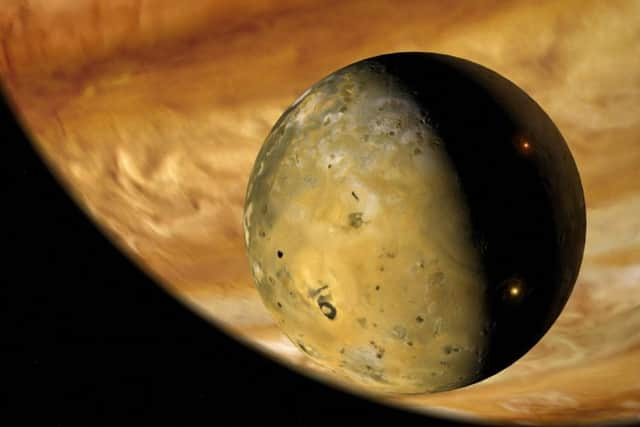Five planets will soon be visible in the sky - here's a Yorkshire-based professor's view on this space oddity


According to astronomers, the show will continue every early-morning until late February. Professor Melvin Hoare, of the University of Leeds Physics and Astronomy department, said that it is worth taking in the view.
Professor Hoare explained: “This is a fairly rare occurrence that is caused by all five planets that are visible to the naked eye happening to be in the same quarter of the solar system as they orbit the Sun. This last happened about ten years ago and so is a sight worth making an effort to see.
Advertisement
Hide AdAdvertisement
Hide Ad“They will line up in an arc in the dawn sky rising up from the eastern horizon towards the south. It is a nice illustration of the fact that all the planets orbit in the same plane, born out of the same swirling disc of material that was present when the sun itself formed some 4.5 billion years ago.”


Experts say that the best time to see the rare astronomical alignment is about 60 to 90 minutes before sunrise, with no telescope needed.
Professor Hoare gave his advice on appreciating the sight on Wednesday morning. He said: “The biggest problem will be the more usual everyday one of cloud, so only set your alarms for around 6.45 when it is forecast to be clear in the early morning.
“Venus will be very bright on the eastern horizon, but it is Mercury that is always very difficult to see as it is never very far from the sun and will be very close to the eastern horizon - I have never seen it.”